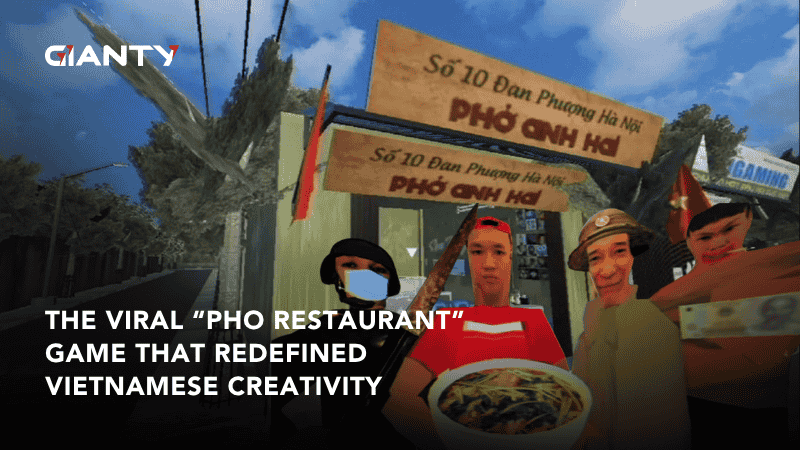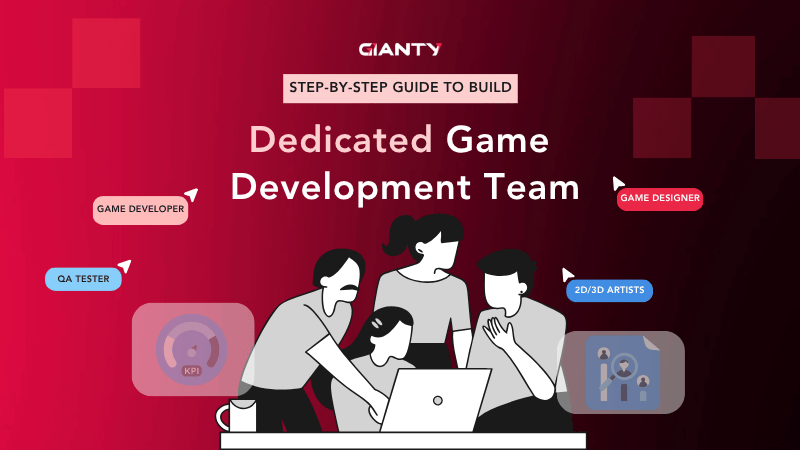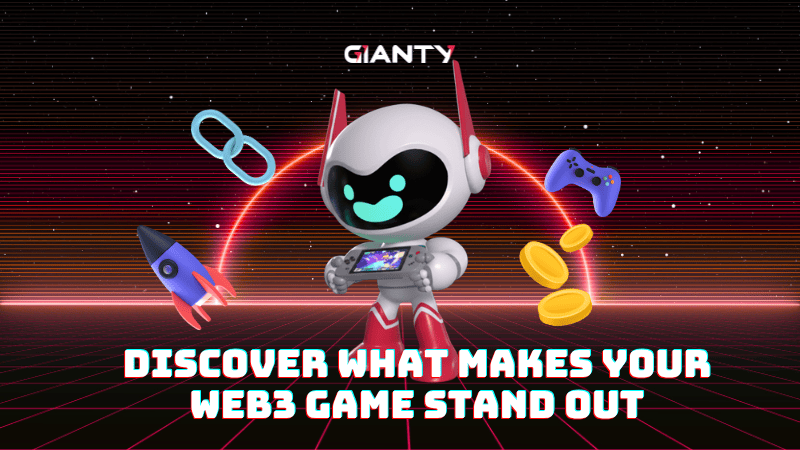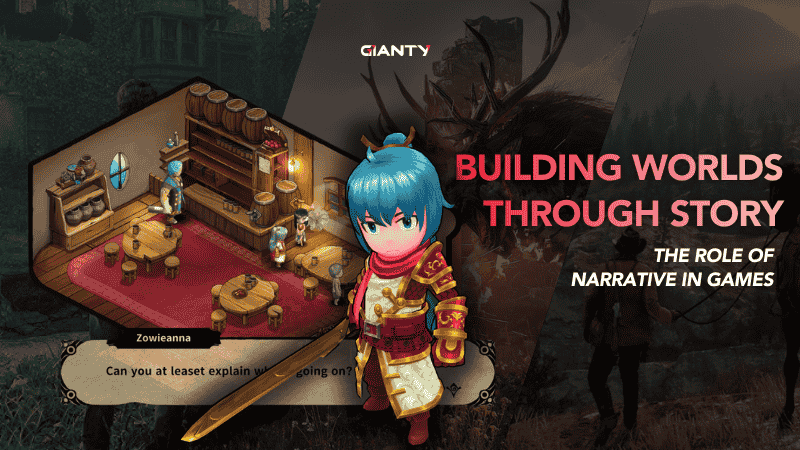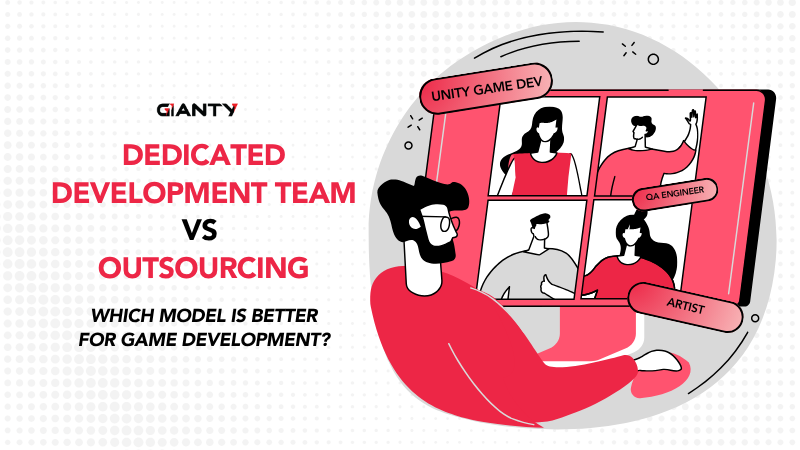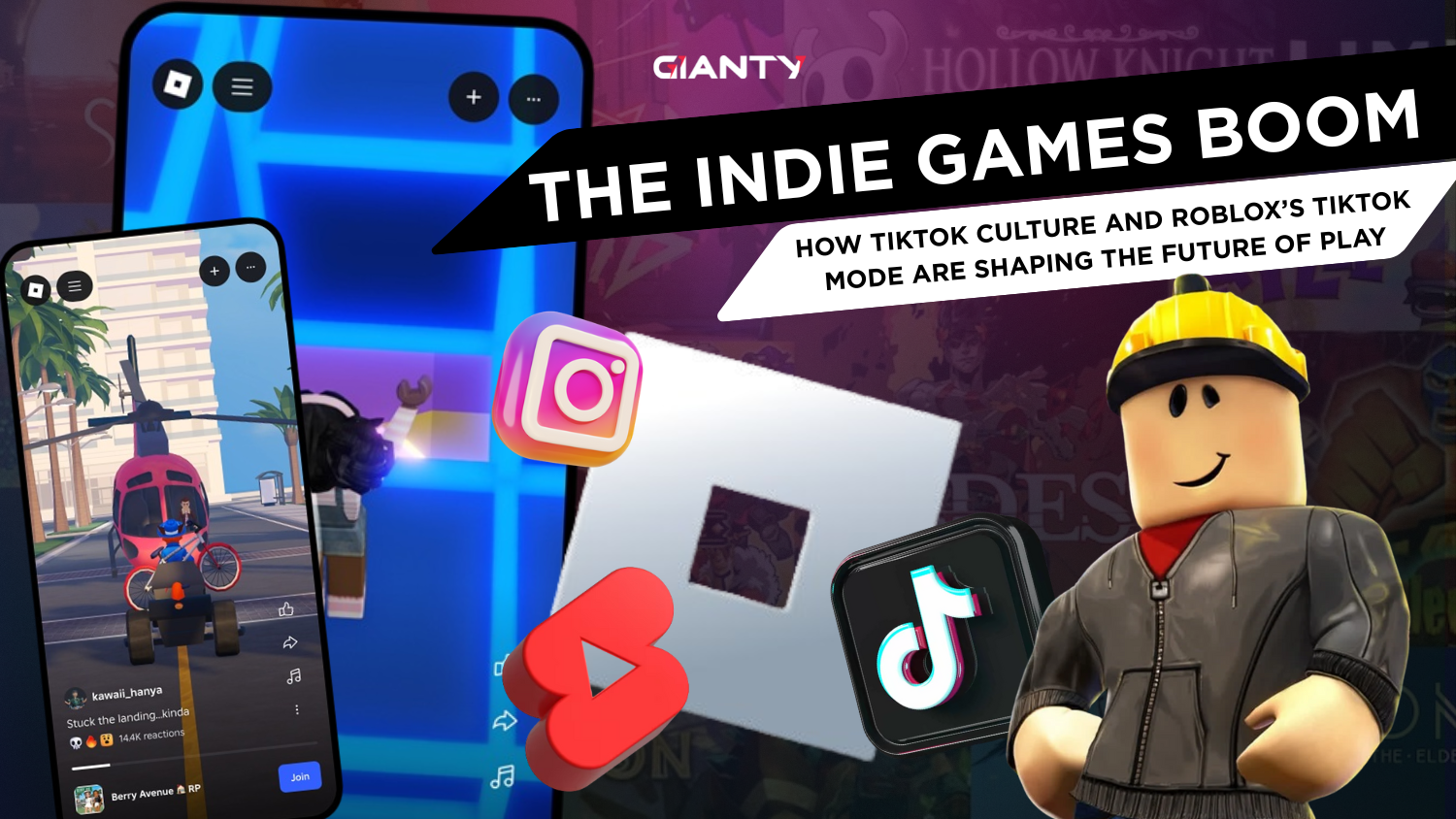Mobile game monetization refers to the methods developers use to generate revenue from their games. With an expected 3.51 million of mobile gamers worldwide (Prioridata, 2025), the industry relies on creative strategies to turn free downloads into sustainable income. This guide breaks down key monetization models, emerging trends like AI, and best practices for balancing profit with player satisfaction.
Core Monetization Models
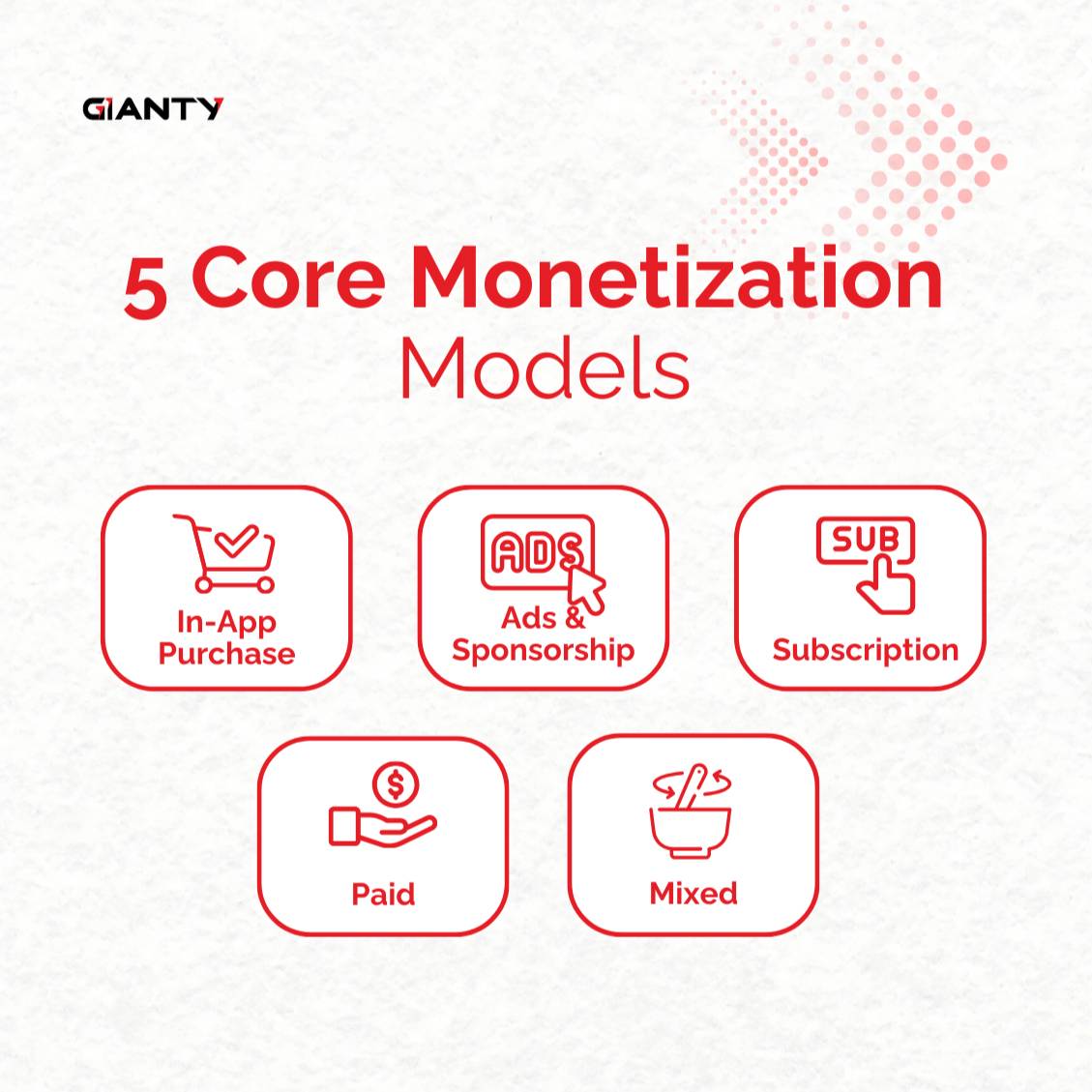
In-App Purchases (IAPs)
This most common model attracts users with free downloads and monetizes later through in-app purchases (e.g., skins, power-ups, or currency). Examples:
- Consumables: Items used once (e.g., health potions).
- Non-consumables: Permanent upgrades (e.g., character skins).
- Subscriptions: Weekly/monthly rewards (e.g., Candy Crush Saga’s “Gold Pass”).
Why it works: Players pay for convenience or customization.
In-app advertising (IAA)
IAAs earn revenue by displaying ads funded by advertisers through:
- Rewarded Videos: Players watch ads for in-game rewards (e.g., extra lives).
- Interstitial Ads: Full-screen ads between levels.
- Playable Ads: Interactive previews of other games.
Why it works: Players enjoy free access and free gifts.
Premium (Paid) Games
Charge a one-time fee for full access—no ads or purchases.
Why it works: Ideal for players valuing simplicity.
Subscriptions
Offer recurring payments for exclusive perks (ad-free play, VIP content).
Why it works: Players get predictable, ongoing access to premium features and content for a recurring fee.
Hybrid Models
Hybrid model combines ads, purchases, and subscriptions to maximize earnings across diverse player segments. For example:
- Pokémon GO offers in-app purchases and sponsored locations.
- Clash of Clans uses ads for rewards while selling premium currency.
Why it works: The best of both worlds. Hybrid models work for customers by offering various ways to progress and enjoy the game, whether through in-app purchases, watching ads, or subscribing, allowing each player to choose the method that best suits their preferences and budget.
Emerging Trends: AI’s Role in Monetization
By 2025, the gaming industry is projected to generate an estimated $211 billion in revenue, with mobile gaming contributing $133 billion (see Figure 1). The booming industry is undergoing a revolutionized shift, as artificial intelligence (AI) is reshaping how games make money and how players experience them. By analyzing player preferences and behaviors, AI-empowered game studios can tailor mobile gaming experiences that seamlessly blend challenges and enjoyment.
Imagine a world where in-game ads feel like tailored recommendations—not interruptions. A world where players voluntarily engage with ads because they’re genuinely useful. This is the reality AI is creating. Below, we explore how AI is transforming mobile games into smarter ecosystems that benefit developers and gamers alike.
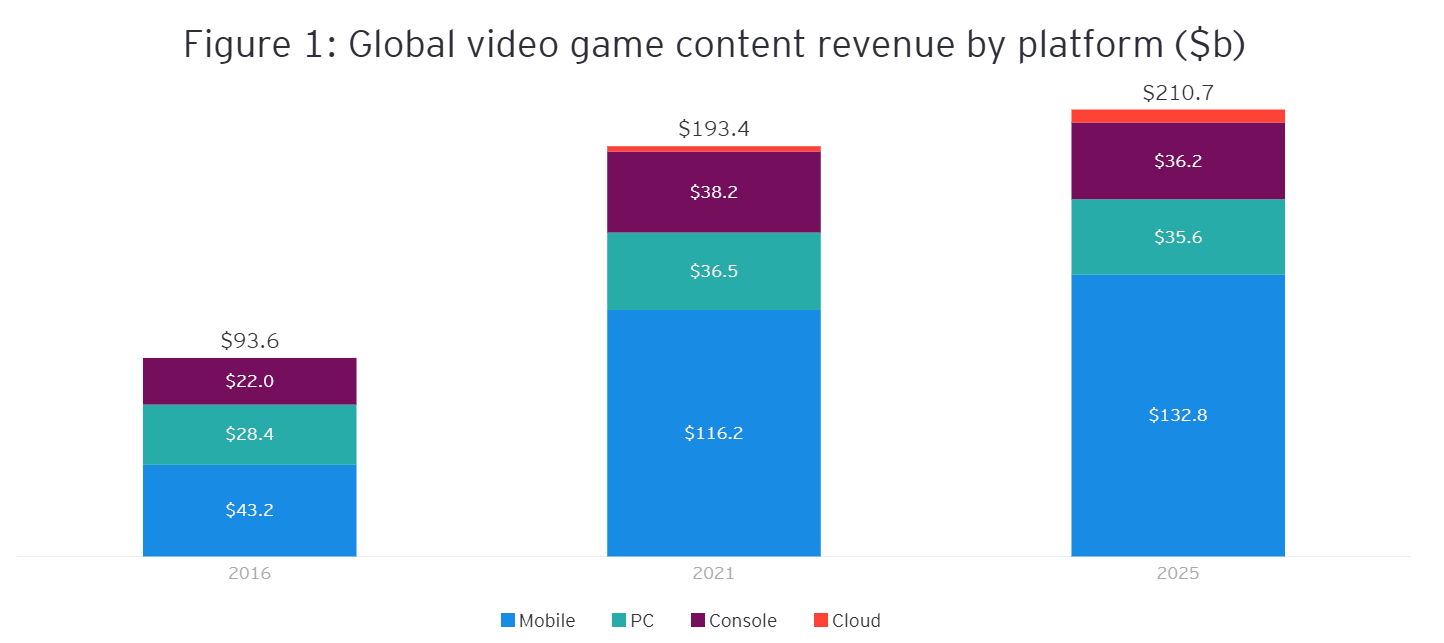
AI-Driven Mobile Game Monetization Strategies
Hyper-Personalized Ads
In the realm of advertising, AI optimizes ad campaigns by analyzing vast datasets in real-time, enabling developers to deliver ads that resonate deeply with players. Unlike traditional static campaigns, AI dynamically adjusts strategies based on user behavior, demographics, and contextual cues, ensuring ads feel less intrusive and more relevant. With hyper-personalized ads, this approach will significantly improve campaign effectiveness.
- Real-Time Bidding (RTB):
AI-powered RTB systems automate ad auctions, adjusting bids based on factors like user engagement history, location, and time of day. For instance, a player in Southeast Asia might see ads for local e-wallet promotions during evening gaming sessions, while a European user receives offers for premium subscriptions.
- Deep User Segmentation:
AI algorithms segment users into micro-segments (e.g., “competitive spenders” or “casual explorers”) by analyzing behavioral data, enabling tailored strategies for high-value groups like big spenders to boost ROI. This precision ensures the right message reaches users at the ideal moment, driving conversions and retention. E.g: AI algorithms can help customize ads to promote cosmetic skins to users who prioritize aesthetics.

Dynamic In-Game Purchases
AI transforms in-game stores into adaptive marketplaces, where offers evolve based on individual player preferences and past spending habits. By analyzing gameplay data, AI identifies what players value most, whether it’s power-ups, cosmetics, or time-saving boosts. Using AI, developers can track how a player engages with the game and adjust pricing, offer bundles, or special deals accordingly. This strategy can lead to increased purchase rates and user satisfaction.
- Behavioral Targeting:
AI can track player interactions, such as frequent purchases of character skins or repeated attempts at challenging levels. From there, it can recommend relevant items or upgrades, making the promotions more appealing and likely to result in conversions. For example, EA Sports uses behavioral prompts to encourage users to buy random player packs regularly.
- Time-Limited Offers:
According to Clevertap, promotions that are time-sensitive can be 8% more effective than other types. By utilizing AI, developers can determine optimal moments to create urgency, such as after a player completes a difficult level or logs in during a retention campaign.
However, developers must prioritize transparency to avoid exploiting players’ spending habits, ensuring transparency and fairness remain at the core of these strategies.

Predictive Analytics for Retention
Player retention is critical for sustainable monetization. AI-driven predictive analytics offer invaluable insights into player retention, identifying at-risk users and devising strategies to keep them engaged. By analyzing patterns such as session duration, frequency, and in-game achievements, AI can forecast when players might disengage and proactively offer incentives to retain them.
- Re-engagement Campaigns:
Integrating AI into churn prediction models can flag players who are likely to abandon games based on login frequency or reduced spending more precisely. Accordingly, game developers use these models to trigger personalized rewards, such as free currency for inactive users. Let’s take Rovio, for example, which uses machine learning to predict churn and adjust game difficulty in real-time for Angry Birds, thereby delivering the perfect level of fun for players (Kumo.ai).
- Engagement-Driven Strategy:
AI tailors gameplay to individual skill levels, reducing frustration. Puzzle games, for example, adjust difficulty dynamically, while live events (e.g., holiday quests) keep content fresh. Furthermore, scheduling AI to deliver notifications or updates to entice inactive players to return to the game is also a good example of AI implementation. For example, DigitalDefynd’s case studies show AI increasing playtime by 40% through adaptive difficulty for a game studio, while noting a 30% increase in player retention rates for another.
This approach helps combat churn, encouraging long-term engagement. Future innovations may see more sophisticated AI systems capable of not only predicting disengagement but also suggesting game design changes to address such trends in advance.
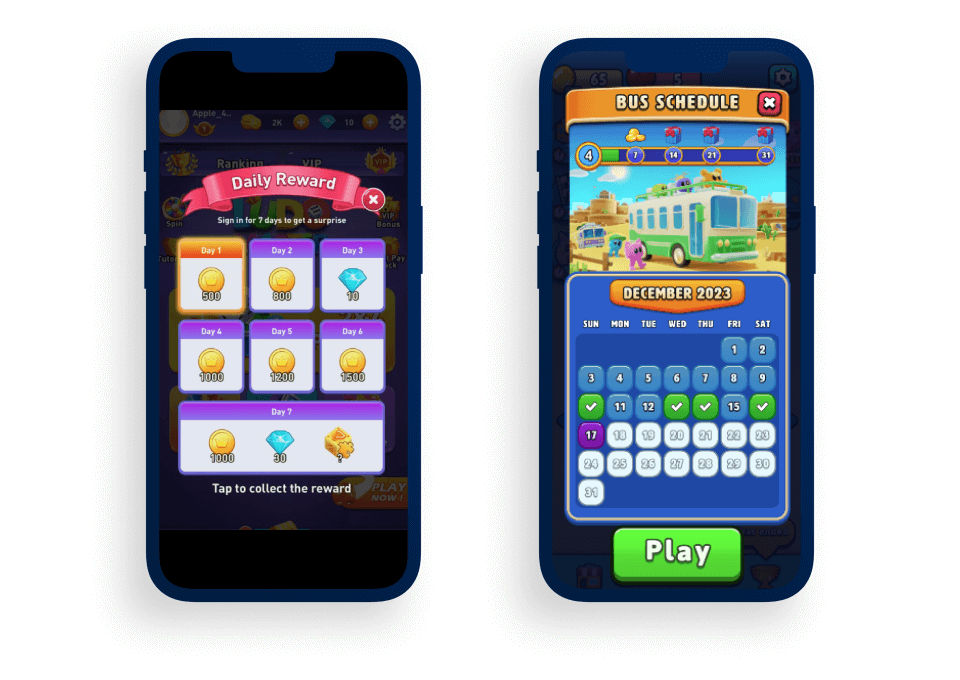
Conclusion
AI is no longer optional—it’s the backbone of modern game monetization. It continues to reinvent mobile game monetization by creating deeply personalized experiences and sustainable monetization models. From hyper-personalized ads to predictive analytics for retention, AI offers a plethora of opportunities for developers. For more on AI’s role in emerging markets, visit Gianty’s analysis of AI in Vietnam’s marketing landscape.
While AI unlocks vast potential, it raises ethical questions. Data privacy remains a concern, as personalized experiences rely on collecting user information. Developers must prioritize transparency, ensuring players understand how their data is used and avoiding manipulative tactics in promotions. As the industry evolves, staying equipped with the latest AI advancements and maintaining a focus on ethical and data-informed practices will be crucial.
As AI technologies progress, the future of mobile game monetization appears both promising and potentially transformative. Here is when GIANTY steps into the game. At GIANTY, we offer a range of services to empower game developers with AI development. Let us be your partner in-game to future-proof your work of art!
About us
Established in 2000 in Yokohama, Japan, GIANTY has evolved into a leading game and software development outsourcing studio.
We specialize in delivering innovative solutions across game development, art production, software development, and AI integration.
Our comprehensive services include 2D and 3D art design, mobile and PC game development, web and app development, and customized AI solutions.
With offices in Japan, Vietnam, and the United States, our global team ensures high-quality results, blending Japanese refinement with international expertise to exceed client expectations.



